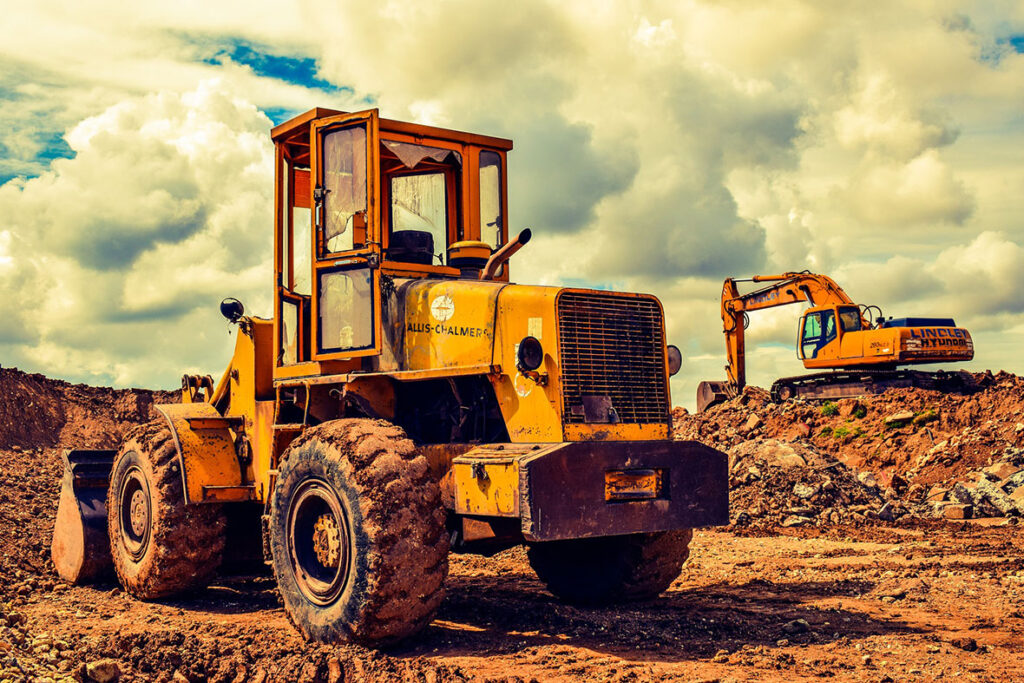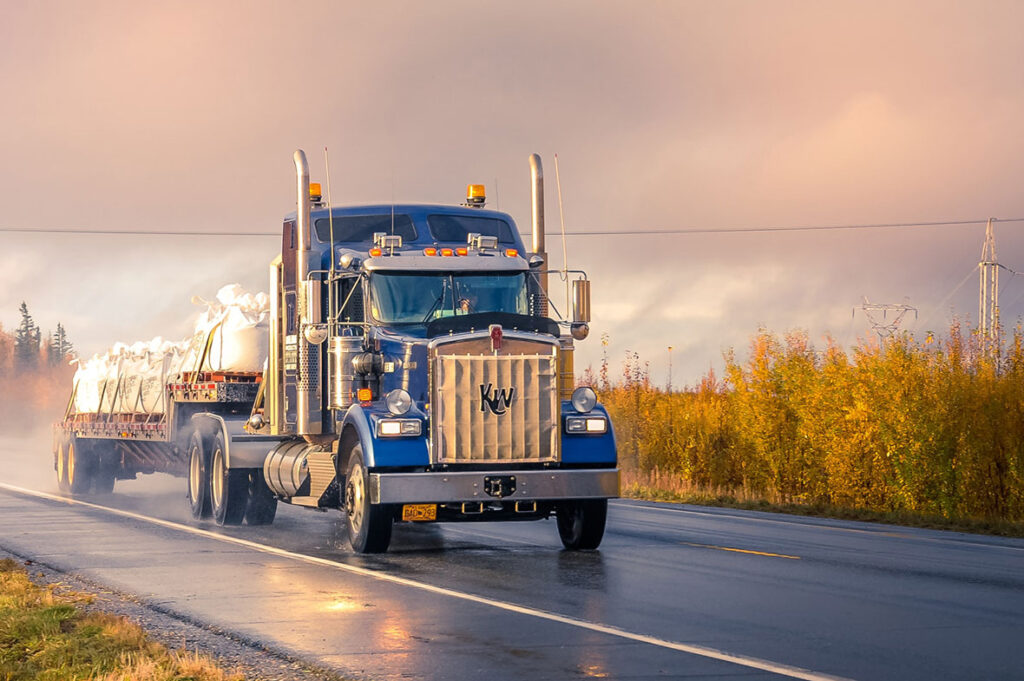Equipment costs are significant expenses for businesses, but when equipment is functioning at its best, it can be invaluable to your operations. It can help you grow your business, give you an edge over the competition, and solve existing operational challenges.
On the other hand, when equipment needs maintenance or breaks down, repairs can be costly and time-consuming and can lower productivity and cause chaos in your business. But how do you tell if investing in new equipment is worth it?
As one of the leading asset based lending companies, we often hear from owners who are conflicted about whether it makes sense to purchase new equipment or stick it out with what they have and hope another breakdown isn’t around the corner. In this article, we’ll explore the considerations for both repairing and replacing equipment and how consulting with the business finance experts at WiseCap to figure out the best solution for you can help. We can provide financing not just for new equipment but also if you need to make significant repairs to your equipment.
What to Consider When Deciding Between Repairs, Rebuilds and Replacements
Equipment costs are significant for most businesses, especially in the trucking and construction industries. And when it breaks down, it can create significant disruptions to your bottom line. Finding an effective and speedy solution is a priority, which leads to the question, repair or replace?
Cost Comparison
Replacing can seem like the more significant investment, but costs that are associated with regular breakdowns can end up costing more than replacement equipment would.
With each option, it’s best to look at all the costs involved. With new equipment, think about
- Training costs for new equipment
- Disposal costs and installation costs
- Maintenance costs for the rest of the equipment’s lifespan
- Operating costs
- Potential revenue increases
For repairing older equipment, consider
- Impact of repairs on quality and productivity
- Any costs associated with the time the equipment is offline
- Remaining service life
- Operating costs
- Market value
- Future salvage rate
When you think about all of these costs, you can figure out the annual average costs for each option and be able to compare the two.

Equipment Age
Even if you’ve kept your equipment in good condition with regular maintenance, years and use take their toll on equipment. As it ages, it will need more repairs, and those repairs will become more extensive, equalling higher maintenance and repair costs. If your equipment is already getting on in years, it may be time to invest in a new model that is more technologically advanced, providing better efficiency. However, if your equipment is newer, it often makes more sense to invest in repairs.
Repair Cost
One of the biggest considerations will be how much the cost of repairs is expected to be and whether they are likely to continue. This is why it is vital that you keep a record of repairs that you make so you can analyze how many times and how frequent repairs are being made. Whether repair costs will be a one-time event or a regular occurrence is a critical factor in decision making.
Safety
If your equipment is old or keeps breaking down, a part of your decision making will come down to safety. Equipment wears down as it ages and can end up malfunctioning and causing injury to workers. If the equipment still meets safety standards, your decision will come down to other factors, but is your current equipment is at-risk of creating an unsafe working environment, it’s necessary to replace it.
Downtime
If repairs are happening regularly and equipment is down for several days each time, that is a lot of lost productivity. However, it’s also important to remember that replacing equipment rarely happens overnight. You may need to wait days or weeks for new equipment to arrive, be installed, and train employees to operate it.
How We Can Help
New equipment can be cost-prohibitive for some business owners, which is where we come in. By providing the best available truck loans for businesses and heavy equipment financing, we can help you get the equipment your business requires to function and grow.
If you’re struggling through construction equipment shortages or equipment shortages in other industries, there are options. If it doesn’t make sense to repair your existing equipment, another option is acquiring used equipment. Our networks of contacts with sellers and equipment brokers across industries mean we are well placed to help you source new or used equipment.
The knowledgeable business financing experts at WiseCap will always work with you to explore creative solutions according to your needs and assets. Together we can explore refinancing, collateral mortgages, asset based lending and more.
